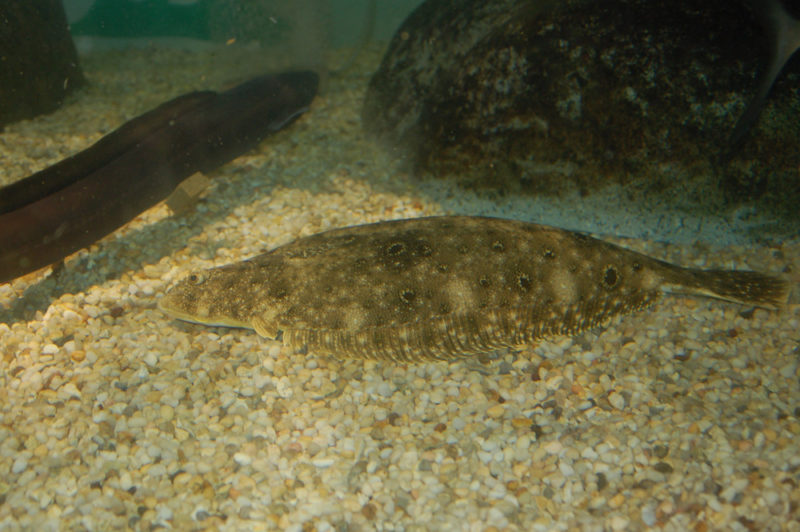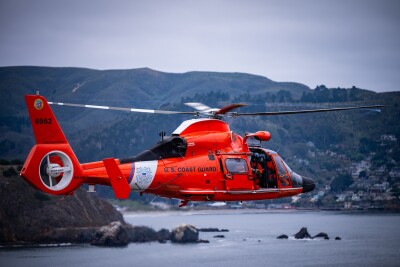The $25.2 million East Coast market for summer flounder — although a reliable bread-and-butter fish — has faced ups and downs in quotas over the years.
The 2020 commercial quota is 11.53 million pounds, while the recreational harvest limit is 7.69 million pounds. The highest percent of commercial allocation goes to Virginia (21.32 percent) and North Carolina (27.44 percent) while Delaware, Maine and New Hampshire have the smallest allocations.
Anecdotally, in the last few years, the price per pound for jumbo summer flounder (4 pounds or larger) decreased, with some vessels getting around 50 cents less per pound for jumbos compared to smaller sizes. As market conditions have shifted relative to quotas over the past few years, there is some speculation that markets prefer smaller product that fits better on a plate.
Now 2020 is the first full year with higher quotas for the fishery — but with the covid-19 crisis and its impact on markets globally, it remains to be seen if quotas will be fully utilized.
“It’s going to be very hard to predict summer flounder landings for 2020 at this point. Last year, the quotas were revised upward by about 50 percent, based on the new stock assessment, but that change wasn’t implemented until midyear,” says Kiley Dancy of the Mid-Atlantic Fishery Management Council staff.
“My understanding is that some states were able to adapt their measures and take advantage of that better than others. So the landings patterns we saw for 2019 are probably not very predictive for 2020,” said Dancey.
There are some concerns about the negative effects on the market price for summer flounder, resulting from the shuttering of critical restaurant markets.
“At this time, I don’t know if there has been a quantitative evaluation of impacts on commercial effort so far,” adds Dancy. “Although anecdotally we have heard effort is down due to lack of market demand.”
So far, quotas are down from the same time last year, and about 29 percent of total quota had been harvested as of mid-May.
For Sam Rust Seafood, a large fresh and frozen importer and exporter of seafood in Hampton, Va., summer flounder is a big seller — and an important fish for both restaurants and grocery stores.
“We get as much as we can locally and try to support the local Virginia and North Carolina fishermen,” says Robby Edmonds, who does marketing at Sam Rust. “When the pandemic hit, the boats came in and didn’t have a place to sell. We worked hard to find them places to sell, after we did the cutting and packing. I know flounder was a bit tight this week. Some weeks it’s plentiful and prices are lower; sometimes it’s harder to get, and prices inch up.”
Since the pandemic, Sam Rust has also started offering direct sales online, where customers can pay $50 for a 10-pound case of frozen flounder.
“It’s been great until now. The guys are out of quota temporarily, and the price has gone up a bit,” says Ronald Roderick, who does purchasing at Sam Rust. “The weather has been a factor this year — it’s been blowing for weeks.”
But Roderick says in his area, flounder prices have generally held steady, and “it’s been affordable.” Roderick says the pandemic has not had as large an impact on summer flounder compared to other fisheries because “it’s such a well-established staple item in this area.”
While some markets have scaled back from exotic fish in favor of a more local selection, Roderick says products like flounder, striped bass, mahi, tuna and salmon remain popular in his region.
Doug Cross, owner of Pamlico Packing Co, in Grantsboro, N.C., offers frozen flounder filets and dressed fish to restaurant and retail markets. Much of their product is frozen now. A frozen filet sells for $5.75-$6, and a dressed for $4.75 and up. “Retail has done OK, but restaurant markets have stopped,” says Cross.
“The seafood sector has not picked up like the beef and pork industries have. Take-out restaurant service isn’t enough,” says Cross. “I have no idea what the market will do — it really depends on if restaurants open back up.”







